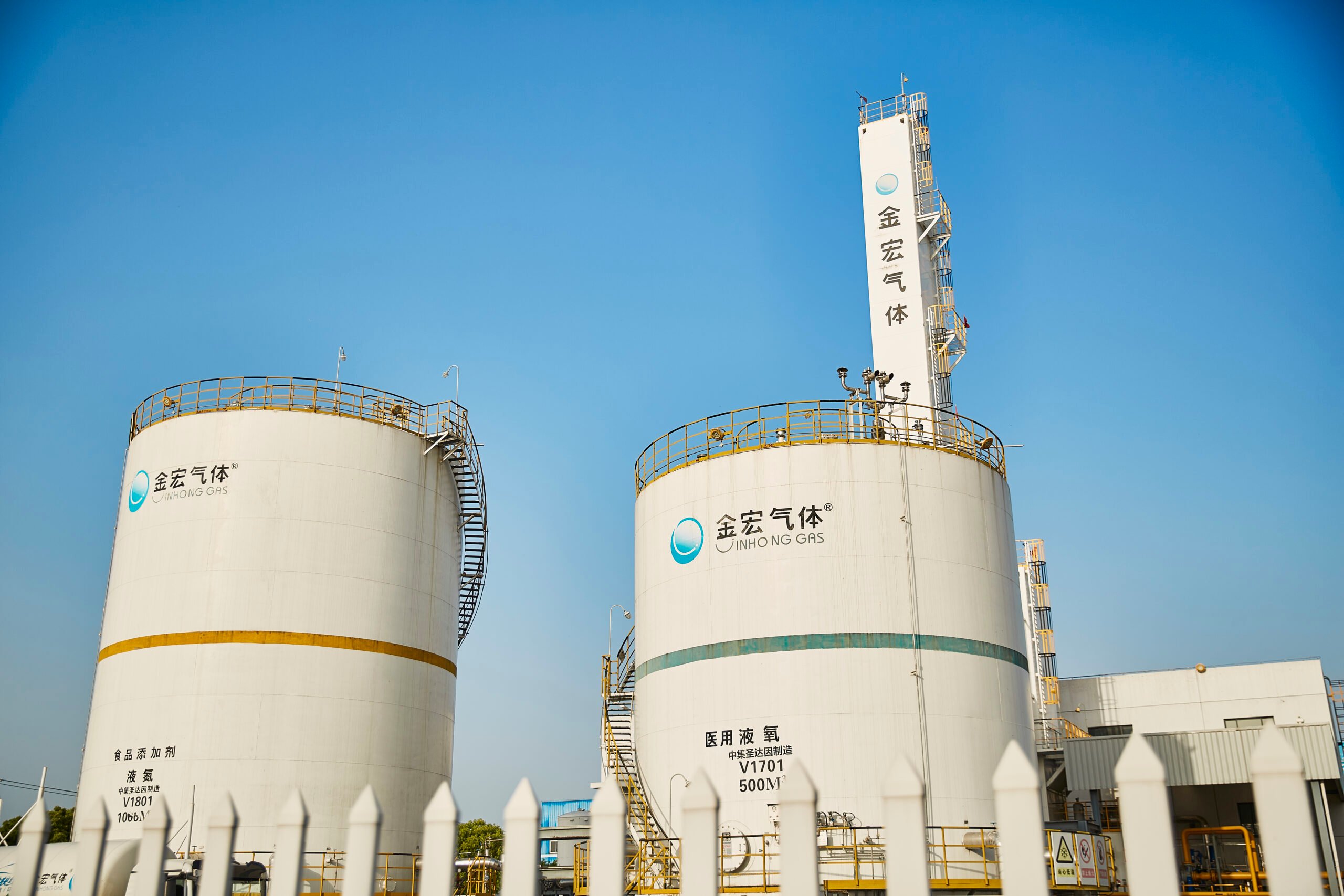What Is Silane SiH4?
Silane SiH4, or silicon tetrahydride, is a colorless, highly reactive gas widely used in high-tech manufacturing. Composed of one silicon atom and four hydrogen atoms, its chemical formula is SiH₄.
Silane is a colorless, flammable and poisonous gas, with a strong repulsive odor. It is easily ignited in air, reacts with oxidizing agents, is very toxic by inhalation, and is a strong irritant to skin, eyes and mucous membranes. Silane is lighter than air. Under prolonged exposure to fire or heat the containers may rupture violently and rocket. It is used in the production of amorphous silicon.
Because of its volatility and ability to deposit silicon, this compound plays a crucial role in electronics, solar energy, and advanced coatings. Furthermore, it serves as a reliable source of high-purity silicon for ultra-thin film deposition.
Silane is the simplest silane, consisting of a single silicon atom carrying four hydrogens. It is a member of silanes and a mononuclear parent hydride.
Core Properties of Silane SiH4
To better understand its value, it’s essential to examine its properties:
- Molecular formula: SiH₄
- Physical state: Gas at room temperature
- Boiling point: -112°C
- Odor: Sharp, penetrating smell
- Reactivity: Spontaneously ignites in air
- Byproducts: Produces silicon dioxide and hydrogen gas when oxidized
Due to these traits, silane SiH4 is ideal for processes that require precision and purity. However, its high flammability also demands careful handling.
How Is Silane SiH4 Produced?
Generally, silane is synthesized through the reaction of silicon with hydrogen-containing reducing agents. For instance, magnesium silicide can react with hydrochloric acid to produce silane. In industrial applications, more advanced methods involving silicon tetrachloride and metal hydrides are used to ensure ultra-high purity.
In many cases, these reactions are tightly controlled to minimize impurities—especially since trace contamination can interfere with microelectronics performance.
Key Applications of Silane SiH4
1. Semiconductor Manufacturing
In the semiconductor world, silane SiH4 is a game-changer. Specifically, it is used in chemical vapor deposition (CVD) to lay down thin layers of silicon. These layers form the building blocks of transistors and integrated circuits.
Moreover, its uniform deposition and high reactivity allow for extremely fine control, which is necessary for today’s microelectronics.
2. Solar Panel Production
Equally important, silane SiH4 is widely used in thin-film solar cells. The gas is deposited onto glass or flexible substrates to form light-absorbing layers of amorphous silicon.
As a result, manufacturers can produce cost-effective and lightweight photovoltaic modules. Without silane, this level of efficiency in solar cell production would be difficult to achieve.
3. Specialty Coatings
Another valuable use for silane SiH4 lies in industrial coatings. When oxidized, it forms silicon dioxide (SiO₂), which provides excellent thermal resistance, durability, and optical clarity.
Because of these characteristics, coatings derived from silane are used in display glass, precision optics, and corrosion-resistant surfaces.
Advantages of Using
To summarize its benefits:
- High-purity output: Crucial for electronics and solar tech
- Excellent film uniformity: Enables fine-tuned manufacturing
- Scalable usage: Works for both small-scale labs and large factories
- Diverse functionality: Adapts to various high-performance applications
Thanks to these benefits, silane SiH4 remains a favorite across multiple industries.
Safe Handling and Storage Guidelines
It’s important to note that silane SiH4 is pyrophoric, meaning it can ignite on contact with air. For that reason, robust safety systems are mandatory when working with it.
Here are some standard practices:
- Store cylinders in ventilated, gas-tight cabinets
- Use leak detection systems and shutoff valves
- Conduct transfers in inert gas environments
- Train personnel on fire suppression and emergency protocols
With proper care, silane can be both safe and highly effective.
Environmental and Regulatory Outlook
From an environmental standpoint, silane SiH4 is not toxic. However, due to its explosive potential, it falls under strict safety regulations worldwide.
For example, the Occupational Safety and Health Administration (OSHA) sets exposure limits, while the EPA outlines waste disposal methods. Fortunately, modern engineering controls help companies meet these requirements easily.
Additionally, researchers are developing cleaner production methods, which could make silane SiH4 even more sustainable.
Conclusion
In conclusion, it is a cornerstone material in today’s high-tech world. Whether it’s enabling the production of microchips or powering next-generation solar panels, its value is undeniable.
When handled responsibly, this powerful gas offers exceptional precision, performance, and potential across a wide range of industries. Therefore, it’s no surprise that silane SiH4 continues to gain attention as technology evolves.




